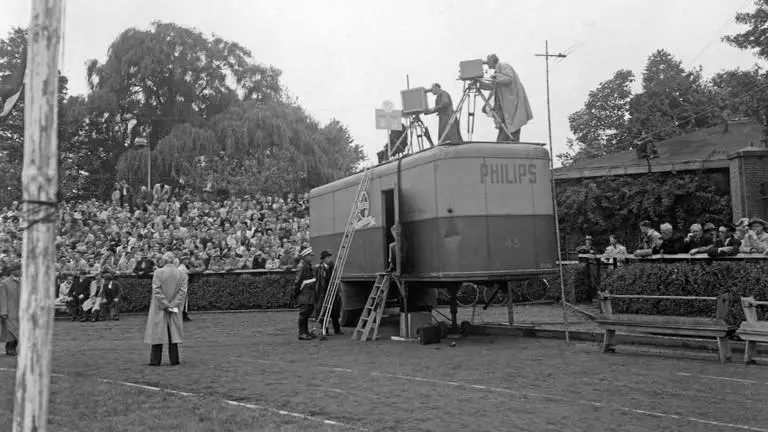Every English football fan knows that the vast majority of clubs scattered across our vast sporting pyramid have hugely historic backgrounds and community ties, that can very easily, in most cases, be tracked back to the 1880’s and 1890’s as the game became more formalised and the foundations for the original Football League were laid, and in 1888 enacted. So soccer odds analysis may be a more modern development, but it too owes its existence to this history.
Whilst there is an impression that fans of the more modern age would be surprised to know that the beautiful game existed long before the formation of the Premier League back in May 1992, there is also an origin story that goes well beyond the inception of the original 12 member clubs and their forming of the first Football League, and the steady growth in the game that was then saw.
Whilst we all naturally understand and accept that the game we all know, and love, originated in England and had a very Scottish involvement given the importance of William McGregor and the key role he played, there were plenty of more historical examples that many would consider to be examples of football of its time, before it became football as we now call it.
One of the first known examples of a team sport involving a ball (made of rock) took place well over 3000 years ago in old Mesoamerican cultures, and it was quite widespread. The Aztecs had a version called Tchatali, and slightly different variants on the same format covered large regions, and as was common for the age with beliefs, some ritual occasions adopted the game, with the ball symbolising the sun and the captain of the losing team would be sacrificed to the gods.
A very unique feature of the Mesoamerican game also involved a rubber ball, as no other culture at the time had access to rubber.
As many may have heard, China in 3rd and 2nd century BC had their own version known as cujo. It was played with a round ball (leather stitched together and filled with feathers or fur), and it was played on a square. Another version was known as ‘tsu chu’ (kickball). A modified version spread to Japan in later times, called kemari and was taken on for ceremonial forms.
Potentially even earlier, Aboriginal Australians played a game (Marn Gook) where the ball was encased by roots or leaves, but primarily move involved kicking – wherein again, like other variants, the main aim appears to have been to keep the ball in the air.
Ancient Greece also had its own variant, but it is fair to say it never really took off. Although balls filled with air are not on record until at least the 7th century, Ancient Rome had a type of football called Harpastrum, which occurred in exercises by the military. It was not considered entertainment and was more hand based, but Roman culture did bring it to Britannica. Others suggest the Normans could be more prominent with a version called ‘la soule’.
Whether either took off and was adopted, is still open to debate, but historians do know that by the 12th century, English games that resembled football were now taking place on meadows and roads, and along with kicks, elements of punching with the fist had been introduced.
Given the more community roots to participation at the time, an equivalent in Florence in the 16th century called Calcio was actually banned given the damage that was caused, and the high likelihood of death. London also banned games in the streets, but they returned in the 17th century before being outlawed again until 1835.
It had however, established itself in public schools by that time, although there were wide variations and had no real clear distinction to rugby.
This is where the schools of Rugby and Eton begin to shape the future. Rugby preferred the option to pick the ball up and run with it, and rugby as we know it was born. Eton focussed on the feet, and football was born, as we now had favoured distinctions for the first real time.
This did not happen overnight, it took until the formation of the first Football Association (1863) for initial rules to be laid down – a previous meeting had failed to reach agreement back in 1848. With an agreement now that football could not carry the ball, including the standardising of the size and weight of the ball, we now officially had two new sports – association football and rugby. That is not to ignore the other versions of football that were spawned, Gaelic Football, what we now call the National Football League, or even Australian Rules.
As we all know this was simply the start for both sports, and football was still pretty unrecognisable to its current format. It became a busy couple of years of tweaks and changes before we arrive at the 1888 decision, and well over 100 years later, we are still tinkering with the rules.




